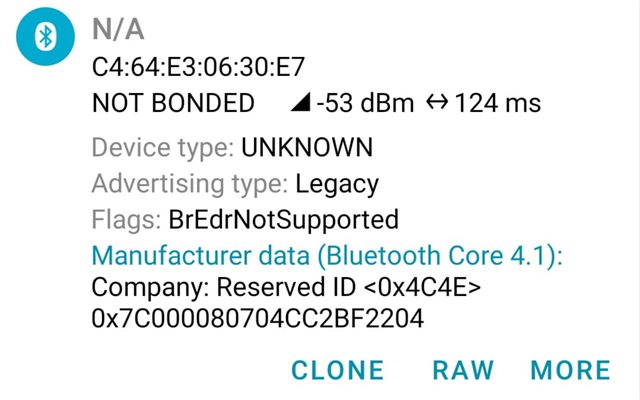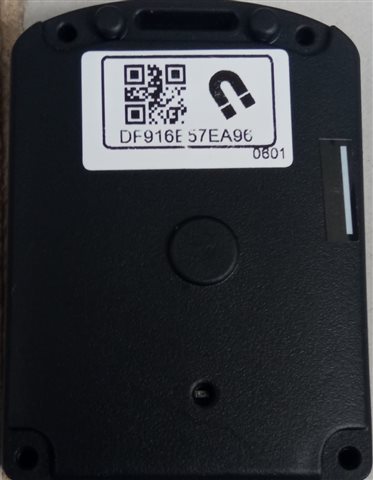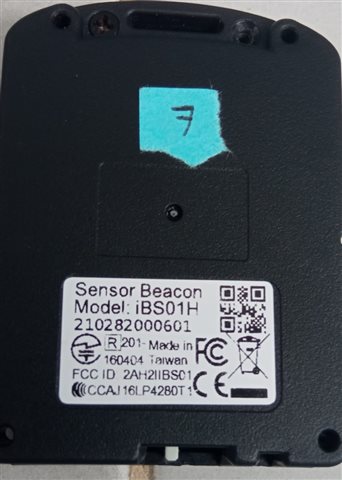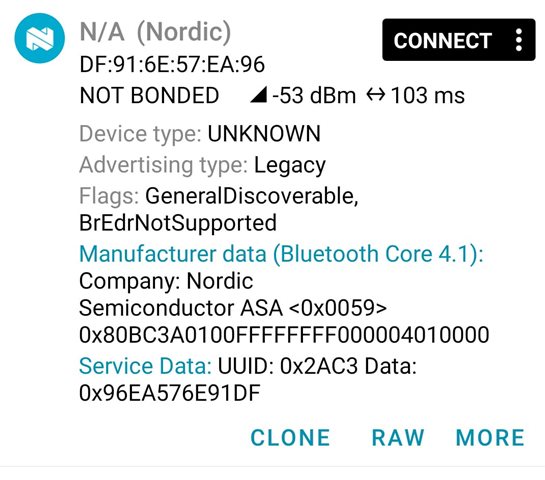Hi all!
I am working in a BLE scanner but I have enabled the filter by MAC ADDRESS. I can filter beacons that are produced based in NRF52 and NRF51. But when i try set a MAC ADDRESS of a SOC produced by other company the filter no match.
wich could be the problem?











